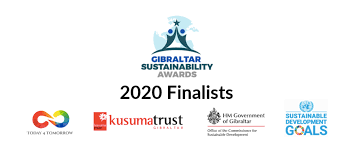SPAIN has created a four-tier system to demarcate the regions most at risk from the second wave of coronavirus.
The draft proposal, which has been sent to the autonomous communities for agreement, analyses each autonomous community on seven different criteria.
It then places them in one of four risk levels: Low (1), medium (2), high (3) or extreme (4).
The criteria is made up of five epidemiological sets of data and two looking at the pressure on health care systems.
The epidemiological criteria are: the incidence rate of the virus on seven and 14 day averages, the percentage of PCR tests coming back positive, how the virus is spreading in each region, the incidence rate of the virus in people aged 65 and over and the percentage of cases which can be traced (i.e. they know the origin of the infection).
On the healthcare side, the number of both intensive care and hospital beds taken up by COVID-19 patients will be taken into account.
Each region will be given a score for each criteria, amounting to a total number, which will then place them in one of the four risk levels.
The scoring process has yet to be hashed out, as some criteria may carry more weight than others.
According to the health ministry headed by Salvador Illa, almost all 17 regions are currently ranked at medium risk or above.
Those in extreme risk, or level 4, would be Aragon, Castilla y Leon, Madrid, La Rioja and Ceuta.
Meanwhile Castilla-La Mancha, Catalunya, Murcia, Navarra, the Basque Country and Melilla would be at high risk, or level 3.
At medium risk would be Andalucia, Asturias, the Balearic Islands, Canary Islands, Valenciana and Extremadura, while only Cantabria and Galicia would be considered at low risk, or level 1.
The draft proposal to bring in the tier system does not establish mandatory lockdown measures, with that power remaining in the hands of the regional governments.
However if a region did not follow the system, and ‘rebelled’, like Madrid did earlier this month, the central Government can impose a state of alarm to take back power of COVID policy decisions, the draft warns.
The plan details how if a region reached level 4, it would be possible to take ‘exceptional measures after a detailed evaluation of the situation, which may include limiting the movement of people, border closures or other mobility restrictions.’
Once the risk lowers, so do the lifestyle restrictions, which are very similar to the de-escalation phases seen back in March and April.
These include 50% capacity limits in restaurants and bars, 30% capacity limits on public transport, incentives to work at home and restrictions on wakes and religious ceremonies.
Even so, the measures can be adapted depending on which criteria are the most concerning in each region.
Click here to read more Spain News from The Olive Press.








